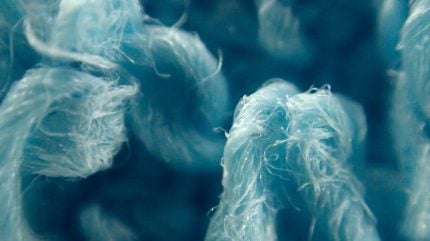
‘The Microfibre 2030 Commitment: An Update on Progress’ report outlines the progress made between June 2022 and June 2024 to eliminate the environmental impact of fibre fragmentation and pollution from textiles globally by 2030.
The report includes details of its collaborative programme with support from signatories and other key stakeholders, and highlights five key areas of progress since 2022:
- Addressing fibre fragmentation is now a crucial component in the sustainability strategies of apparel brands
- Transitioning from the initial ‘activate’ phase of the Microfibre Roadmap to a new stage of ‘implement’ has signalled a new era of driving actionable change
- Managed by TMC, the Microfibre Data Portal is the largest dataset for comprehensive root-cause analysis to support science-led product change
- The work of TMC collaborations is empowering global manufacturers with the tools and knowledge to enhance sustainable practices
- TMC’s specialised expertise is leveraged to ensure that policy decisions are rooted in full understanding of the available science.
The report also shared some of the most recent actions the consortium is taking, including the formation of the TMC Policy Committee to align with and provide expert advice on, proposals such as the European Union’s Product Environmental Footprint.
TMC shared that it is also empowering the manufacturing community to mitigate fibre fragmentation in manufacturing effluent with the development of the Fabric Shedding Rate (FSR) indicator to help brands and retailers act based on consistent testing results.
In addition, TMC is said to be reviewing its test method portfolio to improve its understanding of pollution pathways. To support this, the consortium recently launched version 2.0 of the Microfibre Data Portal, which will allow for greater scalability of testing data and more advanced analytics.
TMC has called for increased industry engagement, stressing the need for collaborative efforts to tackle the multifaceted challenge of fibre fragmentation.
TMC CEO Kelly Sheridan emphasised the importance of continued industry participation, noting that while progress has been made, sustained action is crucial for reducing fibre shedding.
Sheridan added: “The report clearly showcases that our collective approach is effective. As we revise the roadmap using the extra knowledge and data that we now have, The Microfibre Consortium will continue to play a pivotal role in fostering collaboration between industry and science. We bridge the gap so that brands, retailers and manufacturers can implement the necessary changes to reduce fibre shedding.”
She advised that reducing fibre shedding with maximum effect in the long term will need even more input and engagement from the industry, urging companies in the apparel sector to get in touch and get involved.
Launched in September 2021, the Microfibre 2030 Commitment now includes over 100 participants, including major global textile and apparel companies.
The report showcases TMC’s early successes and marks the beginning of a new phase, reinforcing its commitment to a sustained, cross-industry programme aimed at addressing fibre fragmentation through clear targets and milestones.
In April, new research from the University of Leeds’ School of Design revealed how changes to fibre composition and the systems used to spin yarn could reduce the volume of microfibres released from textiles and could lessen their harmful impact on the environment.



